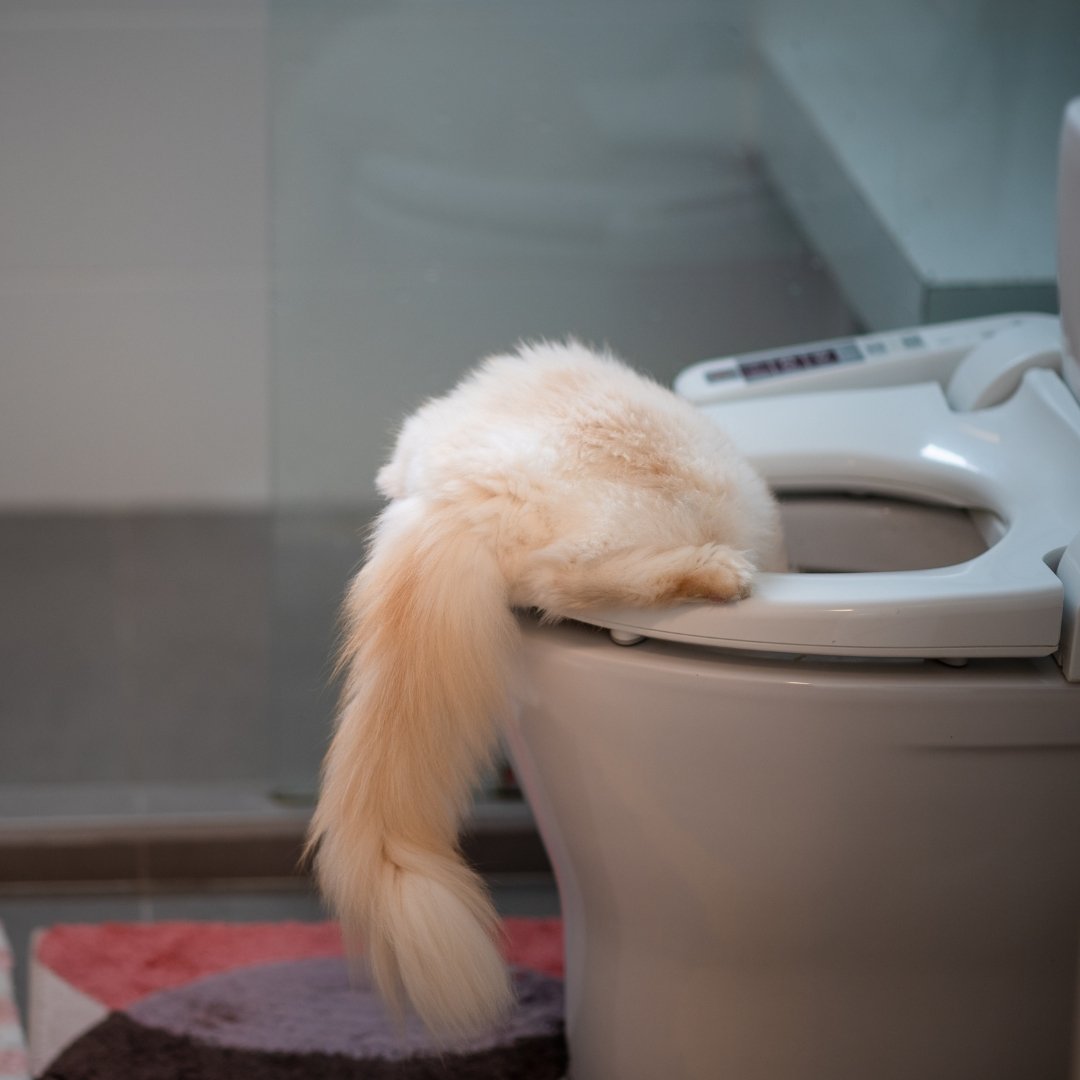Never Flush Cat Poop Down Your Toilet - Safeguard Your Pipes System
Never Flush Cat Poop Down Your Toilet - Safeguard Your Pipes System
Blog Article
They are making a number of good points relating to How to Dispose of Cat Poop and Litter Without Plastic Bags overall in this great article following next.

Intro
As cat owners, it's essential to be mindful of exactly how we get rid of our feline good friends' waste. While it might seem convenient to flush cat poop down the bathroom, this practice can have detrimental effects for both the atmosphere and human health.
Alternatives to Flushing
Thankfully, there are much safer and much more responsible methods to throw away cat poop. Consider the adhering to options:
1. Scoop and Dispose in Trash
One of the most typical approach of taking care of pet cat poop is to scoop it right into a naturally degradable bag and throw it in the trash. Make sure to utilize a devoted clutter scoop and deal with the waste without delay.
2. Use Biodegradable Litter
Choose eco-friendly feline clutter made from materials such as corn or wheat. These trashes are eco-friendly and can be safely disposed of in the garbage.
3. Hide in the Yard
If you have a yard, consider burying pet cat waste in a marked area away from vegetable yards and water resources. Make certain to dig deep sufficient to prevent contamination of groundwater.
4. Install a Pet Waste Disposal System
Buy a pet garbage disposal system particularly made for pet cat waste. These systems use enzymes to break down the waste, reducing smell and environmental influence.
Wellness Risks
Along with environmental worries, purging cat waste can additionally position health threats to humans. Pet cat feces may include Toxoplasma gondii, a parasite that can trigger toxoplasmosis-- a potentially serious disease, specifically for pregnant ladies and people with weakened immune systems.
Ecological Impact
Purging pet cat poop introduces harmful microorganisms and bloodsuckers into the supply of water, presenting a substantial danger to marine ecological communities. These pollutants can negatively impact aquatic life and concession water top quality.
Final thought
Accountable pet possession extends past providing food and shelter-- it also entails proper waste management. By avoiding flushing feline poop down the bathroom and choosing alternative disposal methods, we can minimize our environmental impact and shield human health and wellness.
Why Can’t I Flush Cat Poop?
It Spreads a Parasite
Cats are frequently infected with a parasite called toxoplasma gondii. The parasite causes an infection called toxoplasmosis. It is usually harmless to cats. The parasite only uses cat poop as a host for its eggs. Otherwise, the cat’s immune system usually keeps the infection at low enough levels to maintain its own health. But it does not stop the develop of eggs. These eggs are tiny and surprisingly tough. They may survive for a year before they begin to grow. But that’s the problem.
Our wastewater system is not designed to deal with toxoplasmosis eggs. Instead, most eggs will flush from your toilet into sewers and wastewater management plants. After the sewage is treated for many other harmful things in it, it is typically released into local rivers, lakes, or oceans. Here, the toxoplasmosis eggs can find new hosts, including starfish, crabs, otters, and many other wildlife. For many, this is a significant risk to their health. Toxoplasmosis can also end up infecting water sources that are important for agriculture, which means our deer, pigs, and sheep can get infected too.
Is There Risk to Humans?
There can be a risk to human life from flushing cat poop down the toilet. If you do so, the parasites from your cat’s poop can end up in shellfish, game animals, or livestock. If this meat is then served raw or undercooked, the people who eat it can get sick.
In fact, according to the CDC, 40 million people in the United States are infected with toxoplasma gondii. They get it from exposure to infected seafood, or from some kind of cat poop contamination, like drinking from a stream that is contaminated or touching anything that has come into contact with cat poop. That includes just cleaning a cat litter box.
Most people who get infected with these parasites will not develop any symptoms. However, for pregnant women or for those with compromised immune systems, the parasite can cause severe health problems.
How to Handle Cat Poop
The best way to handle cat poop is actually to clean the box more often. The eggs that the parasite sheds will not become active until one to five days after the cat poops. That means that if you clean daily, you’re much less likely to come into direct contact with infectious eggs.
That said, always dispose of cat poop in the garbage and not down the toilet. Wash your hands before and after you clean the litter box, and bring the bag of poop right outside to your garbage bins.
https://trenchlesssolutionsusa.com/why-cant-i-flush-cat-poop/

We were introduced to that report on Can You Flush Cat Poop Down The Toilet? through someone on our other web blog. Do you know about anybody else who is inquisitive about the topic? Please feel free to promote it. I love reading our article about Can You Flush Cat Poo or Litter Down the Toilet?.
Booking Report this page